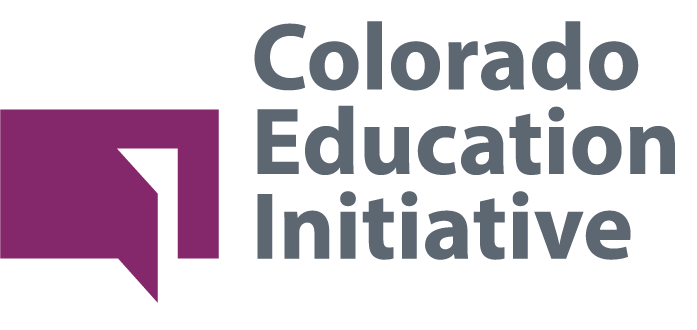Why the World Needs More Learners
November 3, 2017
By Paul Beck
November 3, 2017
Ask most anyone and they’ll agree today’s world is not like it was 10, 25, or 50 years ago. And the future? It will change in greater degrees, in ways we cannot begin to predict. Those of us invested in education are then left with the question of how to prepare the next generation for a future we cannot see. The answer is by fostering the skills that empower students to be active learners. The problem is the current education system is out of sync with today’s demands, and there is evidence that students exiting the system aren’t ready to meet the requirements of the workforce, or in many cases, post-secondary education.
Too often school today is a series of disconnected years in which students’ jobs are to recall facts, repeat demonstrations and summarize what they saw. But, life does not have a set formula for success to follow. Simply knowing the facts or memorizing a procedure is not enough to be ready for college, to be ready for a career or to be ready to give back to the community in a meaningful way. Life is a series of trial and error that takes agility, critical thinking, creativity, and problem-solving skills. We know higher education requires these abilities. Employers, too – in a wide range of industries including manufacturing, information technology, healthcare, and financial services – want these skills. According to the National Association of Colleges and Employers, leadership, ability to work on a team, problem-solving skills, and written and verbal communications skills are some of the top attributes employers are looking for on candidates’ resumes.
How do we make this change? In Colorado, we have schools in Westminster Public Schools, Thompson Valley Public Schools and Colorado Springs District 11 that are leading the way by adopting next generation learning. Each of these districts is using next-generation learning as a way for educators, parents, students, policymakers and communities to ignite and realize the unique potential of every student through the creation and delivery of personalized teaching and learning experiences. They are intentionally shifting to learning environments in which students drive their learning and develop a set of well-rounded skills that encompass the academic, professional, entrepreneurial and civic competencies needed for our dynamic world.
Next generation learning can look very different in different districts, schools or classrooms. Its extensibility is part of what makes next-generation learning powerful. Here is a taste of what it looks like in each district:
- In Colorado Springs District 11, one way schools are embracing next generation learning is involving students through sounding board and advisory groups to address challenges and opportunities, including filling vacant positions, a school faces.
- For schools in Thompson Valley Public Schools, one aspect of next-generation learning environments is adapting school schedules to include a block of time during the school day when students can learn about their own learning strengths and gaps, and receive personalized guidance from their teachers.
- In Westminster Public Schools, part of the shift has included students creating their own lesson and unit plans (approved by teachers) and shifting to a competency-based education model. Schools in the district have also adopted the philosophy that next generation learning schools are focused on individual learning outcomes for each student.
These are just a few of the examples of why next generation learning matters. This approach is more important than ever because it encourages learners, not test takers, and helps all students realize their potential to be college, career, and community ready. Designing and delivering education that ignites this potential and guides all of our students to learn how to think, problem-solve, and work collaboratively is education’s greatest challenge and opportunity.
We must keep the promise we made to our students, their families, and our communities to create environments where students can learn to be creative, adaptive and, most of all, understand how to advocate and apply their unique talents to an ever-shifting job market. Next generation learning is how we can best support our students to reach their full potential.
